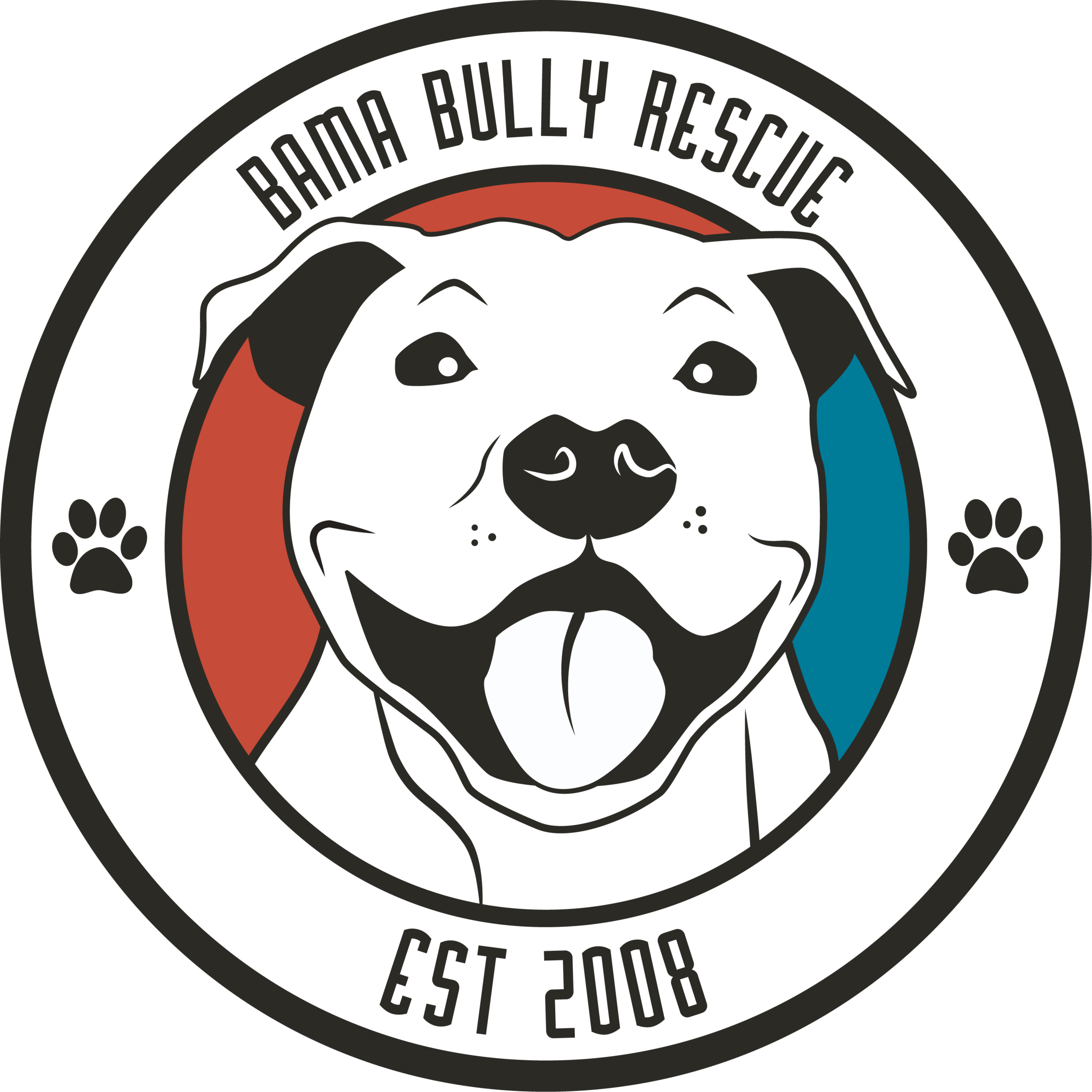Rescue a Stray
bAMA BULLY RESCUE DOES NOT ACCEPT STRAY DOGS
If you have found a stray dog (or if a stray has found you), please call animal control or take the dog to your local animal shelter. We do not have a shelter, kennel or facility in which to keep dogs until their owners claim them. Instead, we rely on our shelter partners to accept stray dogs from private citizens.
We focus on saving shelter dogs that have very little chance of finding homes without the help of an active rescue group. Many shelters ask us to foster dogs that have ongoing medical problems, or dogs with exceptional personalities that may be overlooked by adopters at the shelter because of their appearance.
If you are able to keep the dog for a day or two (or more), please list them on :
Petco Love Lost (https://petcolove.org/lost/found-tips/),
Pawboost (https://www.pawboost.com/site/how-it-works)
Social media pages (yours and the city or town where the dog was found),
Nextdoor (https://nextdoor.com/).
Below are some additional suggestions courtesy of the Whole Dog Journal (https://www.whole-dog-journal.com/lifestyle/found-a-stray-dog/).
IF YOU HAVE FOUND A STRAY DOG:
1. Take him to your local shelter
It’s OK. you don’t have to leave him there if you are concerned that your local shelter is unsafe, unclean, or poorly managed. But there are a few things you should do at the shelter (see # 2 and # 3).
If the dog has an owner who is actually trying to find the dog, the owner will most likely come to the shelter to look for the dog. The shelter is required to keep the dog for at least seven days in case the owner shows up.
2. Ask the shelter staff to scan the dog
The dog may have an implanted microchip ID. If he does, the staff should be able to help you track down contact information for the dog’s owner. Almost any veterinary office can scan the dog for a microchip, so if the dog needs immediate veterinary care, be sure to ask them to scan the dog while you’re there.
3. File a “found dog” report at the shelter
If he does not have a microchip, and you don’t want to leave him at the shelter, you should at least file a “found dog” report at the shelter. This protects you in case you end up deciding to keep the dog (or you give the dog to a friend); it shows that you made a reasonable effort to find the dog’s owner. If an owner shows up some time later and wants his dog back, you’ll need to be able to prove that this attempt was made in order to protect your rights to the dog.
Some shelters take a photo of the dog for their “found dog” reports and file these online; others simply keep a binder full of the reports, sans photos, on a counter at the shelter. Few people are aware that shelters keep these reports; most people just check the shelter kennels and/or website. It’s uncommon, but reunions have been facilitated through these reports.
4. Take a photo of the dog and make a “found dog” flier
Post it in as many places as you can in the area where you found the dog. Most dog owners look at posters for lost or found pets, and many of us are more familiar with our neighbors’ pets than their owners! This way, you are recruiting a small army of people who might be able to help reunite the dog and his owner.
5. Be cautious if you take the dog home
If you bring the dog home, take immediate steps to protect your pets. Check to see if the dog is infested with fleas; if he is, you’ll want to use some sort of potent flea control product immediately, before the fleas can populate your car or home. If your dogs are not fully vaccinated, or are immune-suppressed, you may want to keep the stray dog as far from your dog as possible for at least a few days, so you can make sure he’s not sick with anything transmissible. Wash your hands well after handling the stray, and clean up his waste immediately.
You also need to protect all of your family members from being attacked by the stray, until you’re certain that no attack is forthcoming. When your own dog is great with kids, cats, and your parakeet, it’s easy to forget that other dogs may be highly predatory.
Don’t take anything for granted; be careful at feeding time, and the first time he finds a nice chew bone or toy that he likes, because he may have resource-guarding issues. Keep the dog on-leash, or control his access to certain parts of the house with baby gates until you have a chance to see what he’s like.
Source: Whole Dog Journal
